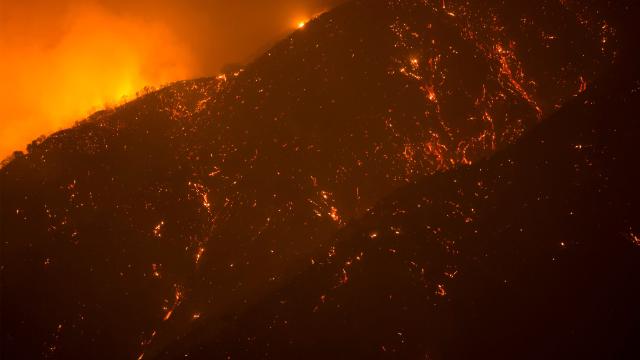Scientists have for decades created accurate models to predict the future impacts of global warming, a new study has found.
Published in Geophysical Research Letters on Wednesday, the research examines 15 climate models used between 1970 and 2007 to predict how warm the Earth was going to become. Now that the world has lived through the years for which those scientists were churning out global warming estimates, researchers were able to determine that their predecessors did a hell of a job building models that could accurately predict the global surface temperature rise associated with greenhouse gas emissions.
[referenced url=” thumb=” title=” excerpt=”]
“[Global surface temperature] is the first thing people think about with climate change or global warming,” study author Henri Drake, a Ph.D. candidate at the Massachusets Institute of Technology and Woods Hole Oceanographic Institution Joint Program, told Earther. “And that does tell you something about other things because things like extreme rainfall are correlated with temperature, so chances are if you predicted the temperature well, you also predicted some of these other things well.”
Climate models rely on two key pieces of information: how much might humans emit in a future given date and a scientific understanding of the Earth’s physical response to those emissions.
We can’t know for certain how much we’ll emit in the future because that has little to do with science and more to do with policy, economies, and, well, people. So while studies published during the decades of analysis may have been off in their specific predictions of warming, that’s only because they inaccurately estimated how much greenhouse gases we’d wind up emitting.
So what this team—which includes scientists from the NASA Goddard Institute for Space Studies and the Massachusetts Institute of Technology—did was input the actual amount of global greenhouse emissions into the models to see if they’d accurately predict the global temperature rise since the models were created. And they did.
Drake and his team next want to see how well these models did at forecasting different regional patterns within these global temperature increases. That’s their next endeavour, but if scientists of the 20th century were accurately predicting the heat we’re all experiencing today, imagine what the newer, more robust models may accomplish.
“Presumably, they will do a better job of predicting global warming,” Drake said.
These current models go deeper than rising temperatures, too. They provide details on what a hotter Earth will mean for our communities: increased sea level rise, increased snowfall, heat waves. That’s what actually matters to people. They need to see what these global changes will look like locally.
And climate models help make this possible. It’s impossible to know what the future will look like, but science can give us a damn good idea.
